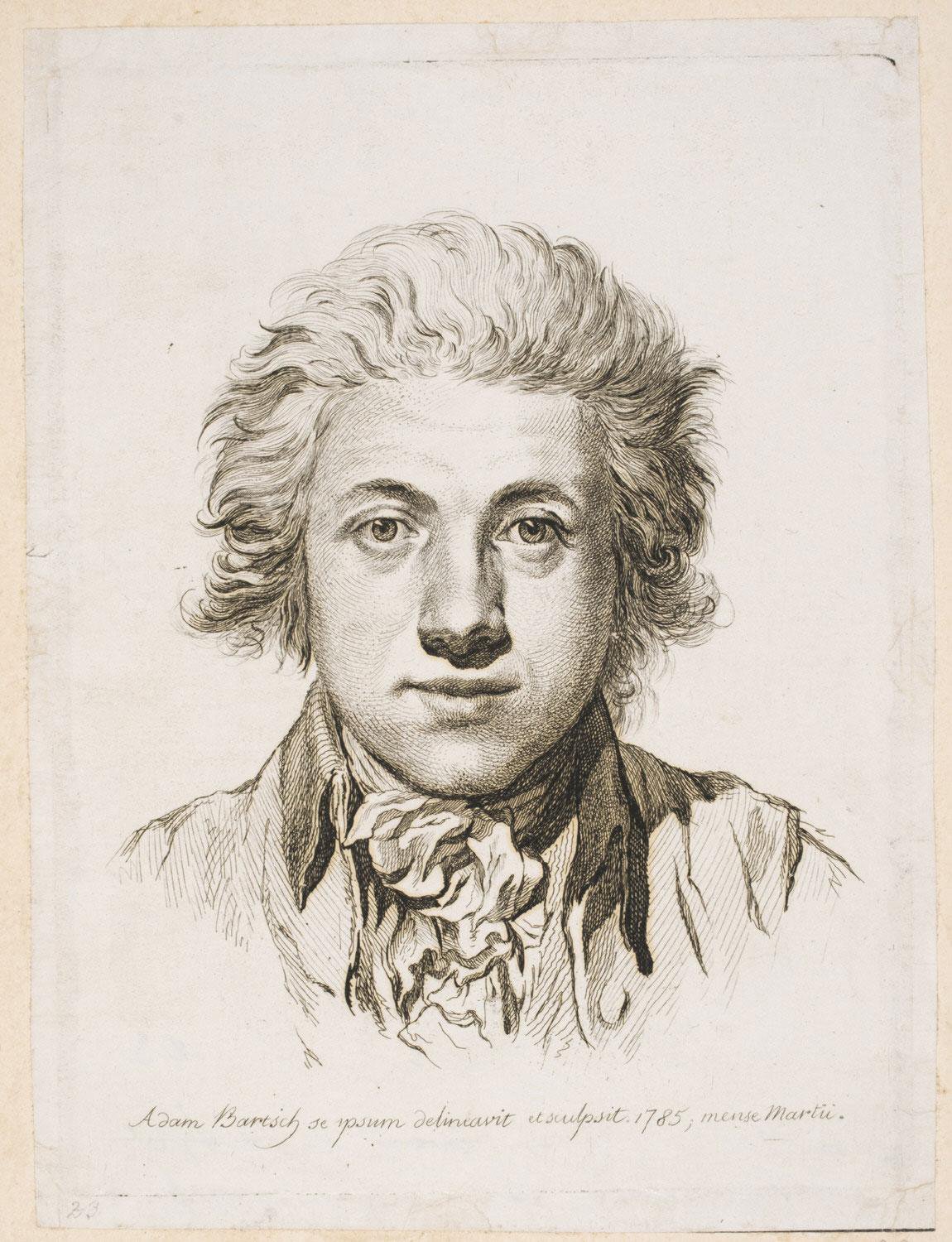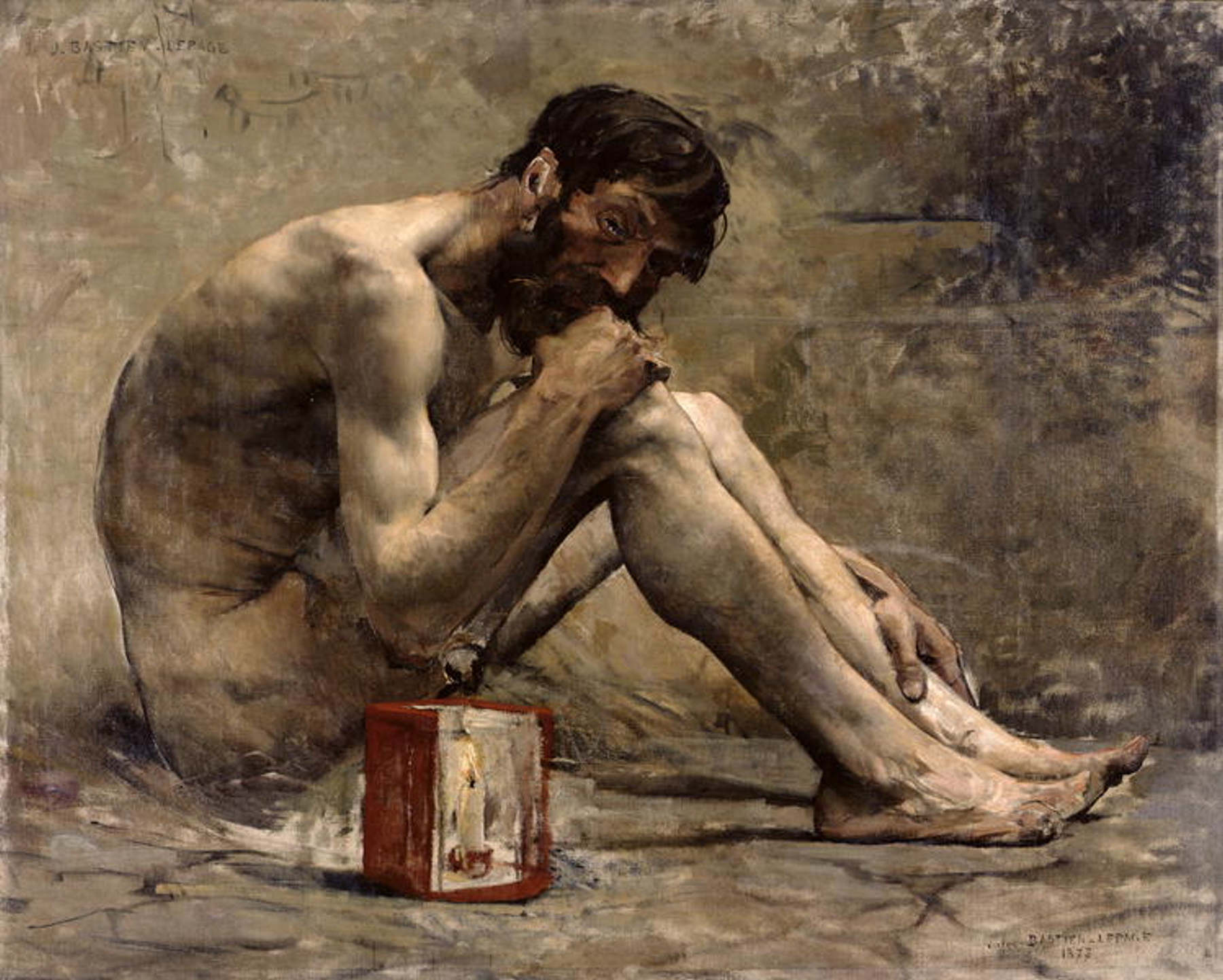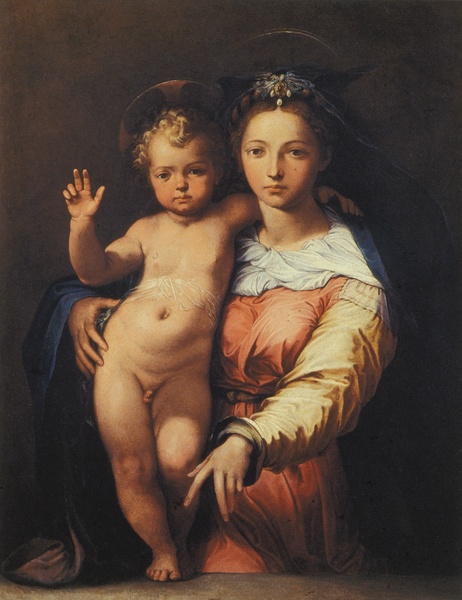|
Gian Giacomo Caraglio
Jacopo Caraglio, Giovanni Jacopo Caraglio or Gian Giacomo Caraglio (c. 1500/1505 – 26 August 1565) known also as ''Jacobus Parmensis'' and ''Jacobus Veronensis'' was an Italian engraver, goldsmith and medallist, born at Verona or Parma. His career falls easily into two rather different halves: he worked in Rome from 1526 or earlier as an engraver in collaboration with leading artists, and then in Venice, before moving to spend the rest of his life as a court goldsmith in Poland, where he died. In Italy, he was one of the first reproductive printmakers, rendering versions of specially made drawings (mostly) or paintings rather than creating new works for the print medium, although detailed comparison of surviving drawings with the prints made from them show he had input into the creative process. He was in Rome at the brief period when the small but flourishing printmaking industry created by Raphael working with engravers to diffuse his work had been disrupted by Raphae ... [...More Info...] [...Related Items...] OR: [Wikipedia] [Google] [Baidu] |
Bordone Gian Jacopo Caraglio
Bordone can refer to: * Benedetto Bordone (1460–1531), Italian miniaturist and cartographer * Paris Bordone, 16th-century Italian painter * Richard P. Bordone (1930–2007), U.S. Navy captain and aviator * Bourdon (organ pipe), in Italian usage * Madonna del Bordone The ''Madonna del Bordone'' (‘The Madonna (art), Madonna of the pilgrim's staff’) is a panel painting by the Italian painter Coppo di Marcovaldo, in the church of Santa Maria dei Servi (Siena), Santa Maria dei Servi in Siena, Italy. Signed ..., 13th-century Italian panel painting {{disambiguation ... [...More Info...] [...Related Items...] OR: [Wikipedia] [Google] [Baidu] |
Adam Bartsch
Johann Adam Bernhard Ritter von Bartsch (17 August 1757 – 21 August 1821) was an Austrian scholar and artist. His catalogue of old master prints is the foundation of print history, and he was himself a printmaker practicing engraving and etching. Bartsch was born and died in Vienna. He joined the staff of the Royal Court Library in Vienna in 1777, after studying engraving at the Vienna Kupferstecheracademie, and became Head curator of the print collection in 1791. He was also an advisor to Duke Albert of Saxe-Teschen, who founded the collection of the Albertina, Vienna, then as now the world's finest collection of old master prints. In the twentieth century the two collections were merged in the Albertina. "Le Peintre Graveur" Between 1803 and his death in 1821 Bartsch published in French in 21 volumes Le Peintre Graveur, a pioneering catalogue of old master prints by Dutch, Flemish, German, and Italian painter-engravers from the 15th to the 17th century. References t ... [...More Info...] [...Related Items...] OR: [Wikipedia] [Google] [Baidu] |
Diogenes Of Sinope
Diogenes ( ; grc, Διογένης, Diogénēs ), also known as Diogenes the Cynic (, ) or Diogenes of Sinope, was a Greek philosopher and one of the founders of Cynicism (philosophy). He was born in Sinope, an Ionian colony on the Black Sea coast of Anatolia (Asia Minor''Diogenes of Sinope'' ) in 412 or 404 BC and died at Corinth in 323 BC., Plutarch, ''Moralia'', 717c. says that he died on the same day as Alexander the Great, which puts his death at 323 BC. Diogenes Laërtius's statement that Diogenes died "nearly 90" would put his year of birth at 412 BC. But Censorinus (''De die natali'', 15.2) says that he died at age 81, which puts his year of birth at 404 BC. The Suda puts his birth at the time of the Thirty Tyrants, which also gives 404 BC. Diogenes was a controversial figure. He was allegedly banished, or fled from, Sinope for debasement of currency. He was the son of the mintmaster of Sinope, and there is some debate as to whether or not he alone had debased th ... [...More Info...] [...Related Items...] OR: [Wikipedia] [Google] [Baidu] |
Marco Dente
Marco Dente da Ravenna (1493–1527), usually just called Marco Dente, was an Italian engraver born in Ravenna in the latter part of the 15th Century. He was a prominent figure within the circle of printmakers around Marcantonio Raimondi in Rome, and is known for the imitative nature of the reproductive prints or close copies of other prints that were most of his output. His prints in specific cases are also of certain interest in that we can see the impact and design of sculptural restorations. Marco Dente was killed in the tumult of the Sack of Rome in 1527. He used the accompanying monogram, D-B; albeit sparingly. Marco Dente is not a well-known figure in the Renaissance. The reproductive nature of his works contributed to the subversion of his identity. There was much debate surrounding the attribution of artists within Marcantonio Raimondi's School, and their respective plates. Also contributing to the subversion of his identity was that every plate in Dente's studio was de ... [...More Info...] [...Related Items...] OR: [Wikipedia] [Google] [Baidu] |
Agostino Dei Musi
Agostino Veneziano ("Venetian Agostino"), whose real name was Agostino de' Musi (c. 1490 – c. 1540), was an important and prolific Italian engraver of the Renaissance. Life Veneziano was born in Venice, where he trained as an artist, though his teacher is unknown. He initially copied old master print, prints by Albrecht Dürer and Giulio Campagnola from about 1512-14, and then producing his own works, somewhat in the style of the latter. He spent some time in Florence around 1515-16. He moved to Rome, perhaps as early as 1514, and by 1516 had joined the printmaking workshop of Marcantonio Raimondi, of which he was one of the most important members until it was broken up by the Sack of Rome (1527), Sack of Rome in 1527. Unlike many produced by the workshop, most of Agostino's plates avoided being confiscated and melted down by Charles V's soldiers, and continued to be printed in later years. Agostino returned to Venice after the sack, and later visited Mantua and Florence be ... [...More Info...] [...Related Items...] OR: [Wikipedia] [Google] [Baidu] |
Perino Del Vaga
Perino (or Perin) del Vaga (nickname of Piero Bonaccorsi) (1501 – October 19, 1547) was an Italian painter and draughtsman of the Late Renaissance/Mannerism. Biography Perino was born near Florence. His father ruined himself by gambling, and became a soldier in the invading army of Charles VIII. His mother died when he was but two months old; but shortly afterwards he was taken up by his father's second wife. Perino was first apprenticed to a druggist, but soon passed into the hands of a mediocre painter, Andrea de' Ceri,Noted in Vasari's biography. and when eleven years of age, of Ridolfo Ghirlandaio. Perino was one of Ghirlandaio's most talented pupils. Another mediocre painter, Vaga from Toscanella, undertook to settle the boy in Rome. Perino, when he at last reached Rome, was utterly poor, and with no clear prospect beyond journey-work for trading decorators. He was eventually entrusted with some of the subordinate work undertaken by Raphael in the Vatican. He assisted ... [...More Info...] [...Related Items...] OR: [Wikipedia] [Google] [Baidu] |
Michelangelo
Michelangelo di Lodovico Buonarroti Simoni (; 6 March 1475 – 18 February 1564), known as Michelangelo (), was an Italian sculptor, painter, architect, and poet of the High Renaissance. Born in the Republic of Florence, his work was inspired by models from classical antiquity and had a lasting influence on Western art. Michelangelo's creative abilities and mastery in a range of artistic arenas define him as an archetypal Renaissance man, along with his rival and elder contemporary, Leonardo da Vinci. Given the sheer volume of surviving correspondence, sketches, and reminiscences, Michelangelo is one of the best-documented artists of the 16th century. He was lauded by contemporary biographers as the most accomplished artist of his era. Michelangelo achieved fame early; two of his best-known works, the ''Pietà'' and ''David'', were sculpted before the age of thirty. Although he did not consider himself a painter, Michelangelo created two of the most influential frescoes i ... [...More Info...] [...Related Items...] OR: [Wikipedia] [Google] [Baidu] |
Titian
Tiziano Vecelli or Vecellio (; 27 August 1576), known in English as Titian ( ), was an Italians, Italian (Republic of Venice, Venetian) painter of the Renaissance, considered the most important member of the 16th-century Venetian school (art), Venetian school. He was born in Pieve di Cadore, near Belluno. During his lifetime he was often called ''da Cadore'', 'from Cadore', taken from his native region. Recognized by his contemporaries as "The Sun Amidst Small Stars" (recalling the final line of Dante Alighieri, Dante's ''Paradiso (Dante), Paradiso''), Titian was one of the most versatile of Italian painters, equally adept with portraits, landscape backgrounds, and mythological and religious subjects. His painting methods, particularly in the application and use of colour, exercised a profound influence not only on painters of the late Italian Renaissance, but on future generations of Art of Europe, Western artists. His career was successful from the start, and he became sought ... [...More Info...] [...Related Items...] OR: [Wikipedia] [Google] [Baidu] |
Baccio Bandinelli
Baccio Bandinelli (also called Bartolommeo Brandini; 12 November 1493 – shortly before 7 February 1560), was an Italian Renaissance sculptor, draughtsman, and painter. Biography Bandinelli was the son of a prominent Florentine goldsmith, and first apprenticed in his shop. As a boy, he was apprenticed under Giovanni Francesco Rustici, a sculptor friend of Leonardo da Vinci. Among his earliest works was a ''Saint Jerome'' in wax, made for Giuliano de' Medici, identified as Bandinelli's by John Pope-Hennessy. Giorgio Vasari, a former pupil in Bandinelli's workshop, claimed Bandinelli was driven by jealousy of Benvenuto Cellini and Michelangelo; and recounts that: Bandinelli's lifelong obsession with Michelangelo is a recurring theme in assessments of his career. Bandinelli was a leader in the group of Florentine Mannerists who were inspired by the revived interest in Donatello attendant on the installation of Donatello's bas-relief panels for the pulpit in San Lorenzo, 15 ... [...More Info...] [...Related Items...] OR: [Wikipedia] [Google] [Baidu] |
Giulio Romano
Giulio Romano (, ; – 1 November 1546), is the acquired name of Giulio Pippi, who was an Italian painter and architect. He was a pupil of Raphael, and his stylistic deviations from High Renaissance classicism help define the sixteenth-century style known as Mannerism. Giulio's drawings have long been treasured by collectors; contemporary prints of them engraved by Marcantonio Raimondi were a significant contribution to the spread of sixteenth-century Italian style throughout Europe. Biography Giulio Pippi was born in Rome and he began his career there as a young assistant to the renown Renaissance artist, Raphael. He was an important member of Raphael's studio. He worked on the frescos in the Vatican loggias using designs by Raphael and, in Raphael's ''Stanze'' in the Vatican, painted a group of figures in the '' Fire in the Borgo'' fresco. He also collaborated on the decoration of the ceiling of the Villa Farnesina. Despite his relative youth, increasingly he became ... [...More Info...] [...Related Items...] OR: [Wikipedia] [Google] [Baidu] |
Parmigianino
Girolamo Francesco Maria Mazzola (11 January 150324 August 1540), also known as Francesco Mazzola or, more commonly, as Parmigianino (, , ; "the little one from Parma"), was an Italian Mannerist painter and printmaker active in Florence, Rome, Bologna, and his native city of Parma. His work is characterized by a "refined sensuality" and often elongation of forms and includes ''Vision of Saint Jerome'' (1527) and the iconic if somewhat anomalous ''Madonna with the Long Neck'' (1534), and he remains the best known artist of the first generation whose whole careers fall into the Mannerist period. His prodigious and individual talent has always been recognised, but his career was disrupted by war, especially the Sack of Rome in 1527, three years after he moved there, and then ended by his death at only 37. He produced outstanding drawings, and was one of the first Italian painters to experiment with printmaking himself. While his portable works have always been keenly collected and ... [...More Info...] [...Related Items...] OR: [Wikipedia] [Google] [Baidu] |








